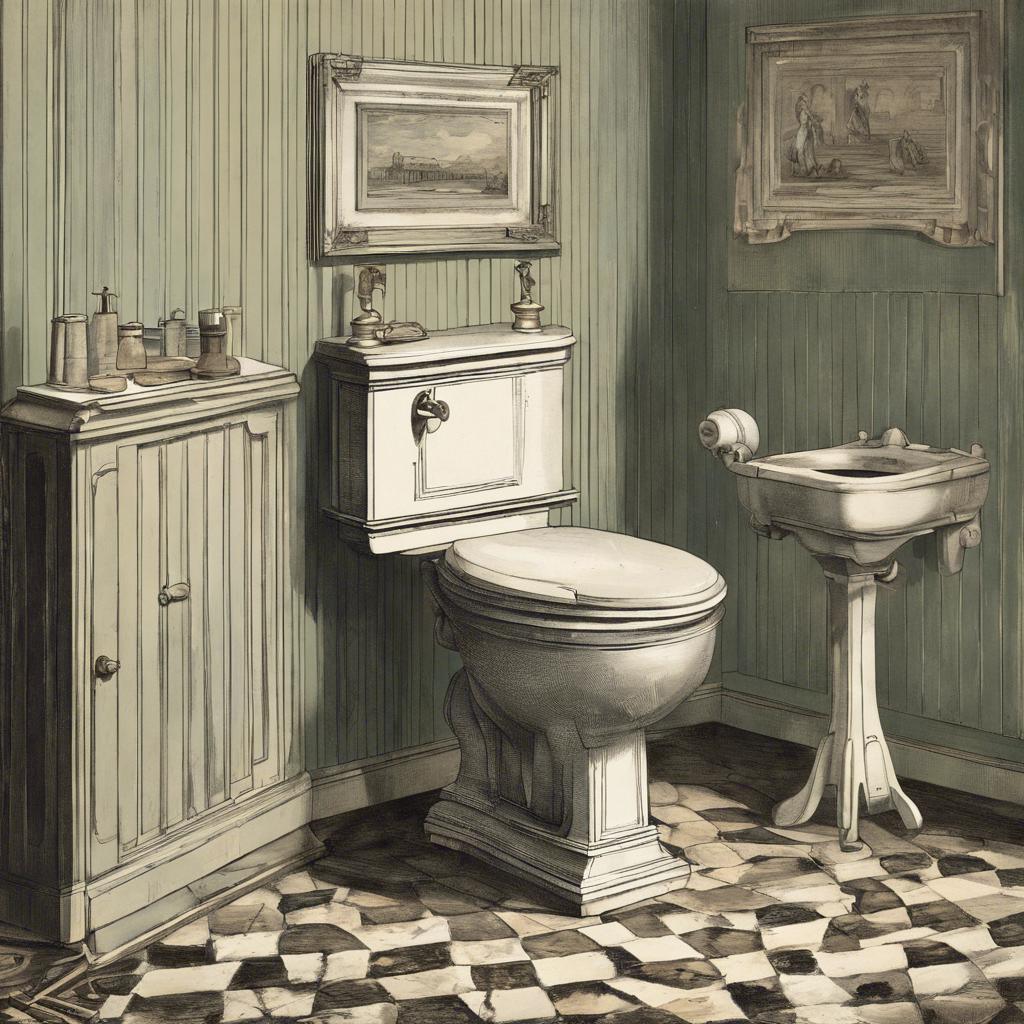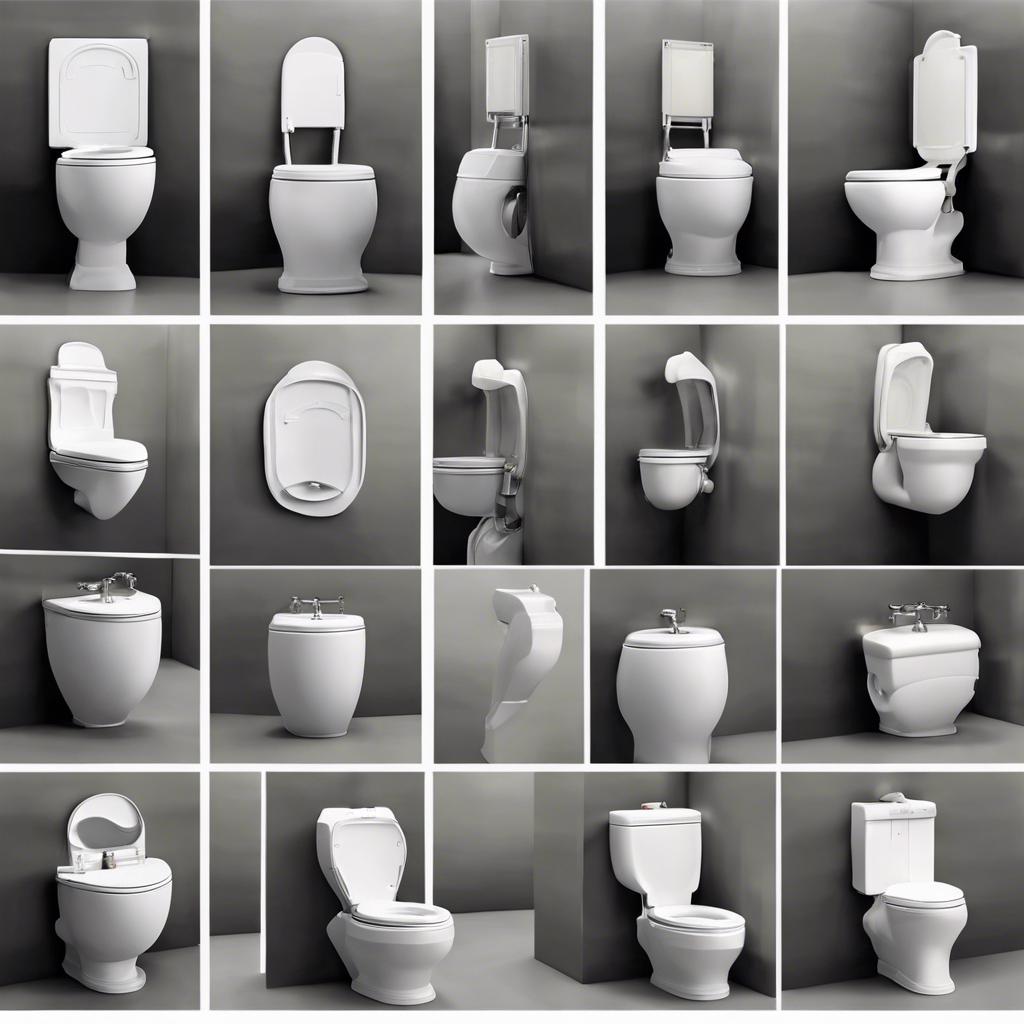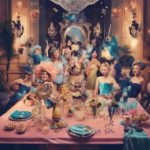During the Regency era in England, much emphasis was placed on refinement and elegance in all aspects of daily life. This included the design and function of one of the most essential household fixtures – the toilet. In this article, we will delve into the fascinating world of Regency era toilets, exploring their evolution, design, and significance in the homes of the aristocracy and gentry during this elegant period of history.
Step Into the World of Cheryl Bolen
Dive into the enchanting stories of love, intrigue, and elegance set in the Regency Era. Cheryl Bolen's novels offer timeless romance and captivating tales that will leave you wanting more.
Explore Cheryl Bolen's Books Now
The Evolution of Regency Era Toilets
During the Regency Era, toilets underwent a significant evolution as advancements in plumbing and sanitation practices began to emerge. Gone were the days of chamber pots and outhouses, as indoor flushing toilets became more common in affluent households. These early toilets were often made of porcelain and featured intricate designs to add a touch of elegance to the bathroom.
One notable innovation during this time was the invention of the S-trap, which helped to prevent foul odors from seeping back into the bathroom. This simple yet effective design featured a curved pipe that trapped water to create a barrier between the toilet bowl and the sewage system. This was a major improvement in sanitation that helped to improve overall hygiene in homes.
As the Regency Era progressed, toilets continued to evolve with the introduction of water closets that allowed for more efficient flushing mechanisms. These toilets featured a tank that held water for flushing, making the process more convenient and hygienic. By the end of the era, indoor toilets had become a staple in most upper-class homes, marking a significant shift in bathroom habits and hygiene practices.
Luxurious Toilet Designs during the Regency Era
During the Regency Era, luxurious toilet designs were a symbol of wealth and sophistication. These lavatories were often intricately designed and lavishly decorated to showcase the status and opulence of the owner. Elaborate details such as ornate carvings, gilded finishes, and fine upholstery were commonly found in these exquisite bathroom fixtures.
One popular design during this time was the “water closet,” a precursor to modern toilets. These water closets featured a pull chain mechanism for flushing, a porcelain bowl, and often included a decorative wooden seat. The design of these toilets was a significant advancement in sanitation and comfort compared to previous chamber pots and outhouses.
Another notable feature of Regency Era toilets was the use of precious materials such as marble and brass in their construction. Some toilets even featured intricate inlaid patterns or hand-painted designs to further enhance their elegance. The attention to detail and craftsmanship in these luxurious toilet designs reflected the extravagance and refinement of the era.
Challenges and Innovations in Regency Era Sanitation
Innovations in regency era sanitation were met with numerous challenges as society grappled with improving hygiene practices. One significant advancement during this time was the introduction of indoor plumbing systems in wealthier households. These systems allowed for the disposal of waste through pipes connected to underground sewage systems, reducing the reliance on chamber pots and outdoor privies.
Despite these innovations, sanitation in the regency era still faced obstacles such as inadequate waste management and limited access to clean water. The lack of proper waste disposal infrastructure often led to unsanitary conditions in urban areas, contributing to the spread of diseases like cholera and typhoid. Additionally, the reliance on communal water sources posed a significant health risk as contamination was a common issue.
To address these challenges, advancements in sanitation technology began to emerge, including the development of flushing toilets. These early versions of toilets featured a simple mechanism that used water to flush waste into a connected sewage system, reducing odors and improving overall hygiene. Furthermore, efforts to improve public health led to the establishment of sanitation regulations and the introduction of public sanitation facilities in urban areas.
Recommendations for Exploring Regency Era Toilets
In the Regency Era, toilets were not as advanced as they are today. If you are interested in exploring the history of toilets during this period, here are some recommendations to consider:
1. Visit Historic Homes: Many historic homes from the Regency Era have preserved their original toilets or have recreated replicas for visitors to see. Take a tour of these homes to get a firsthand look at how toilets were used during the early 19th century.
2. Read Historical Accounts: There are several books and articles that provide detailed accounts of toilet practices during the Regency Era. Reading these historical sources can give you a better understanding of the cultural attitudes towards hygiene and sanitation during this time.
3. Attend Reenactment Events: Some historical reenactment events feature demonstrations of daily life activities, including using toilets from the Regency Era. Attending these events can provide a more immersive experience and a hands-on look at how toilets were operated in the past.
| Toilet Material | Location |
|---|---|
| Porcelain | Rich households |
| Wood | Common households |
In Retrospect
the advancements in sanitation technology during the Regency era were pivotal in transforming the way society approached personal hygiene. The sophisticated design and innovative mechanisms of Regency toilets not only improved the comfort of individuals but also contributed to the overall health and well-being of the population. As we reflect on the ingenuity of these historical artifacts, we are reminded of the enduring legacy of progress and innovation that continues to shape our modern approach to sanitation. The Regency era toilets stand as a testament to the resilience and resourcefulness of humanity in the face of challenges, and their legacy continues to inspire us to strive for excellence in all aspects of our lives.


